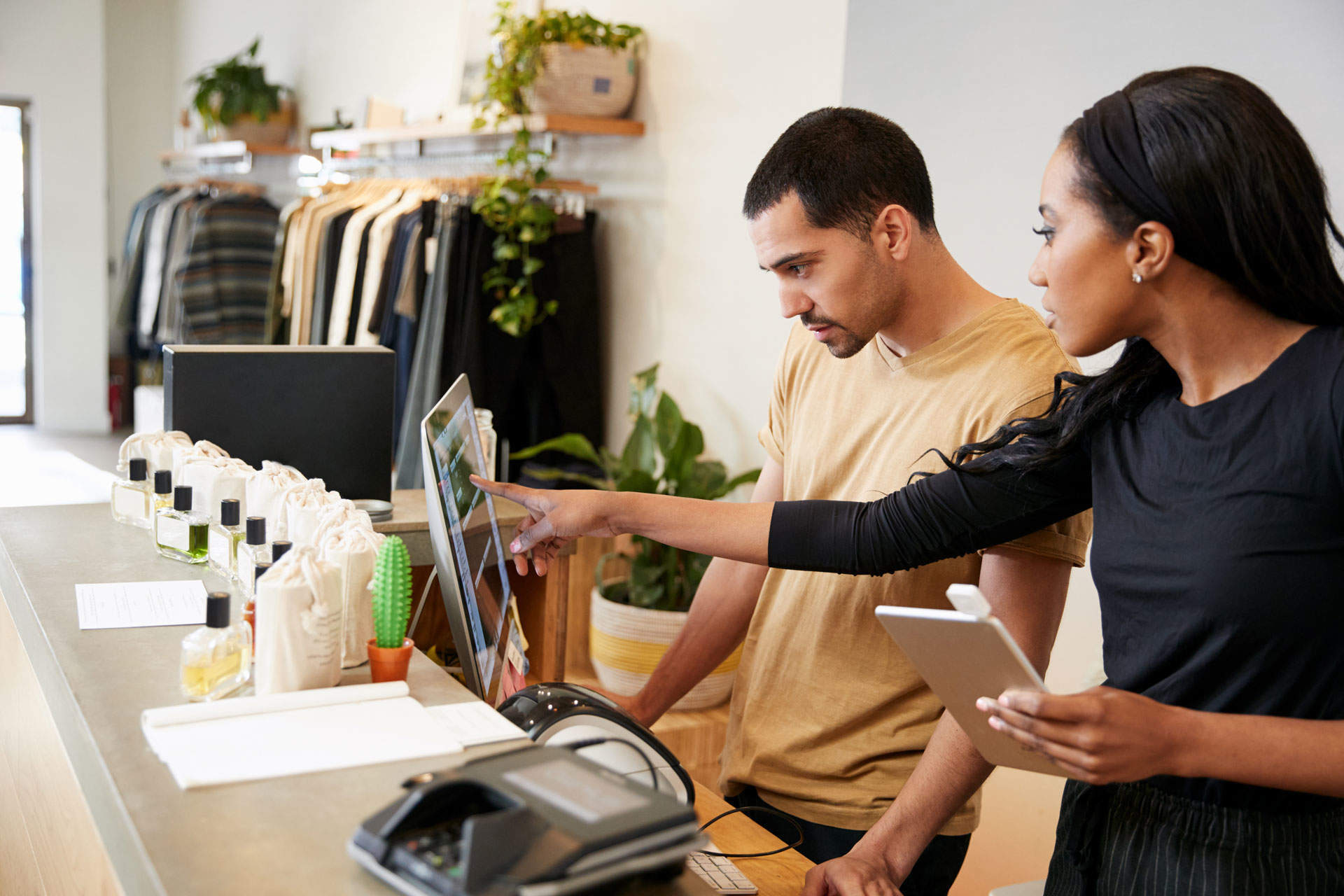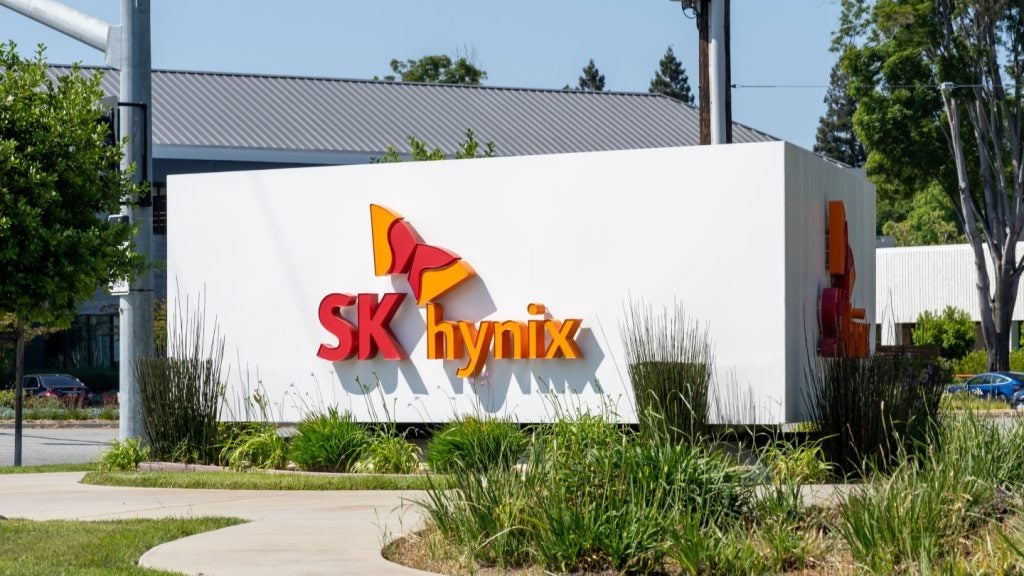
In recent years there has been something of a customer experience ‘arms race’ in the retail sector, driven by retail technology such as click and collect, advanced delivery solutions and new in-store experiences.
Walking down Oxford Street consumers will see dynamic in-store screens advertising products or even allowing customers to interact with them. This has resulted in considerable pressure on IT support functions to deliver excellent customer experiences, whilst providing staff on the frontline with the information and tools they need to do their jobs effectively.
At the same time, corporate IT still needs to manage support for multichannel retailing and for increasingly complex back-office systems. To do this, IT service management (ITSM) is critical – and the IT team is under pressure to ensure its seen as an enabler rather than a blocker.
Looking inward in retail technology
Many retailers can make a simple but costly mistake when it comes to IT; investing in the best systems to service customers, but often leaving the back-office in the lurch. As such, one profitable route to achieving the status of an enabler, is for retailers to realise that the same self-service concepts they use to meet their customers’ demands can be translated into better IT service delivery internally.
What staff experience when they are at home ordering from Amazon or streaming films on Netflix, they want to experience at work.
In store and back-office environments, IT support needs generally to fall into one of three categories; wanting something fixed, wanting another kind of help, or wanting something new. It’s entirely reasonable for employees to ask, ‘If I can do this online via self-service in my personal life, why can’t I do this at work?’.
How well do you really know your competitors?
Access the most comprehensive Company Profiles on the market, powered by GlobalData. Save hours of research. Gain competitive edge.

Thank you!
Your download email will arrive shortly
Not ready to buy yet? Download a free sample
We are confident about the unique quality of our Company Profiles. However, we want you to make the most beneficial decision for your business, so we offer a free sample that you can download by submitting the below form
By GlobalDataUnfortunately, coming back into work often feels like re-entering the IT dark ages. In the world of ITSM, email is still clinging on as the primary tool of communication between IT and their users, followed closely by costly and often-frustrating telephone support lines.
Retail staff should be serving themselves
Self-service technology can be one way that retailers enable better IT support – by offering self-service via online portals to enable staff. The technology to do this is robust; staff can use a portal to find information, log and track requests, order equipment, and receive support via online chat rooms or message boards.
Employees find they get better service internally and IT support staff are freed up to focus on other issues. There’s no need to stop this innovation at IT; the same portal can help employees to access other internal services such as HR, finance, and facilities.
The road to retail success
It can be difficult to know which processes to go through to put in place such a system, however. As such, for an organisation contemplating the self-service route, we have put together the key steps to be considered:
- Build strong foundations – To ensure success, retailers should only plan to put in place systems that avoid spinning wheels and prolonged development, and that deliver results quickly. The faster staff see benefits, the quicker they will buy into the services being offered.
- Ease of use – Make the portal easy and efficient to use, applying the same standards that you would for a customer-facing retail self-service experience.
- Cross platform support – Ensuring the portal experience is consistent and seamless across all supported devices and locations is vital to make the systems effective.
- Accessible systems are vital – Managing content growth and change dynamically is vital to keep the system running smoothly, retailers shouldn’t need a web developer for maintenance.
- Planning for the future – Choose a platform that offers frequent and low-risk upgrades, and check the provider listens proactively to your requests for change.
The rise in customer expectations, made possible by investment in new technologies, has seen the retail sector develop and evolve substantially in recent years. Retailers now offer multichannel experiences, allowing customers to purchase and ask questions using the channel they want to use.
However, after focusing so closely on customers, retailers must now turn their attention inward to provide better internal services and satiate growing employee demands.
Doing so will not only save retailers money, but will improve the satisfaction of the workforce – allow IT teams to focus on how new technologies can be employed to meet future customer and employee expectations.







